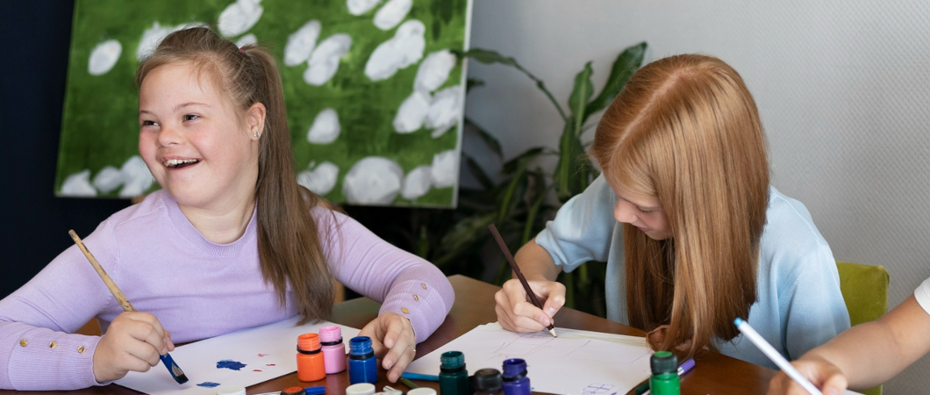
Identifying Barriers and Understanding Needs
What is ADHD?
Attention Deficit Hyperactivity Disorder (ADHD) is a neurodevelopmental condition that affects the way a person’s brain works. This impacts the way a person with ADHD experiences the world. Around 1 in 20 young people have ADHD. People with ADHD also have higher rates of other, cooccurring conditions including anxiety, depression, OCD and learning difficulties such as dyslexia. Symptoms of ADHD can depend on age, sex, gender identity and whether there are cooccurring neurodevelopmental conditions.
Diagnostically, presentation of ADHD is often broken down in to three types:
- Inattentiveness and distractibility
- Hyperactivity and impulsivity
- A combination of the above
Children and young people will usually have a category of ADHD: Inattentive Type, Hyperactive Type or Combined Type.
For a diagnosis of ADHD, a number of these symptoms must be present over a certain period. The number and time period depend on the age of the person. Many people will identify with elements of this list. If someone has ADHD, the symptoms are persistent and interfere greatly with functioning, development, and learning.
ADHD is usually a lifelong condition. Adults with ADHD will still have strengths and challenges within the profile described here.
"If we can create a society which sees the child within every adult – and the adult within every child – we will finally start to change it for the better." - The Princess of Wales.
It is helpful to remember ADHD is a brain-based difference. What you see is often the result of trying to manage many things going on below the surface. These differences cannot be changed so teaching pupils to use tools and strategies that work for their brain will help them achieve their potential.
The iceberg model [Size: 159 KB, File: PDF] can help you understand this further.
Glossary
Click the button below to go to the glossary page.

